Motor doping with the Scott Fastlane: racebike geo, sub 10kg weight, and a 200w boost when you need it
E-bike systems to date have never really fulfilled their promise in road biking, but the discrete, unobtrusive and easy to miss TQ system in this new Scott road-race bike might have the answers

Luke Friend
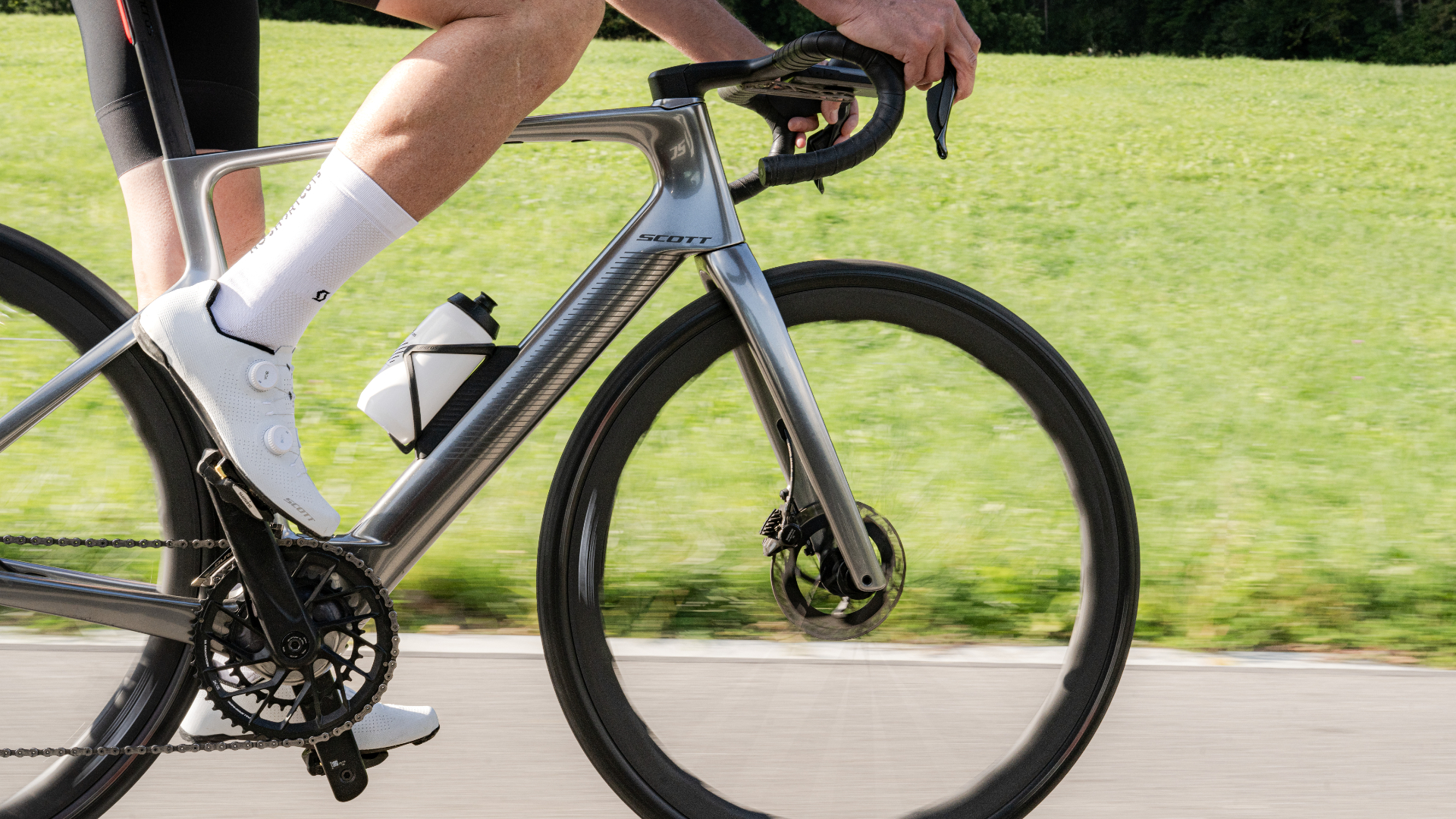
It wasn’t too long ago that a sub-10 kg e-bike would have made headlines. But such is the march of technology that a lightweight electric road bike is no longer news in its own right. But after the initial progress of creating a motor and battery light enough to keep the weight down, and sleek enough to hide so as to maintain conventional road bike aesthetics, we’re now in the refinement process. And that is worthy of our attention.
Take Scott’s new Fastlane. A cursory glance and it’s just another light e-bike with the assistance well disguised, but closer examination shows something far more interesting, thanks largely to the choice of power unit.

The new TQ HPR40 is a deliberately low-output system, and one we’ve seen put to good use already on Canyon’s Endurance: ON Fly. So what’s exciting about an e-bike that doesn’t look like one and doesn’t deliver much headline power?
Well, it’s exactly that. Motor interventions often come with loud whirrs and whizzes that can spoil an otherwise silent ascent in the Alps or closer to home. They’re a little obvious and intrusive.
Secondly, the restrictions on the assistance level at maximum output mean that while they can help uphill by multiplying your effort, you’re often pedalling against residual resistance caused by the motor and drive system, especially on flat terrain, when it’s at its max. If there’s less resistance, as seen in some better systems, you’re still carrying a lot of redundant weight.
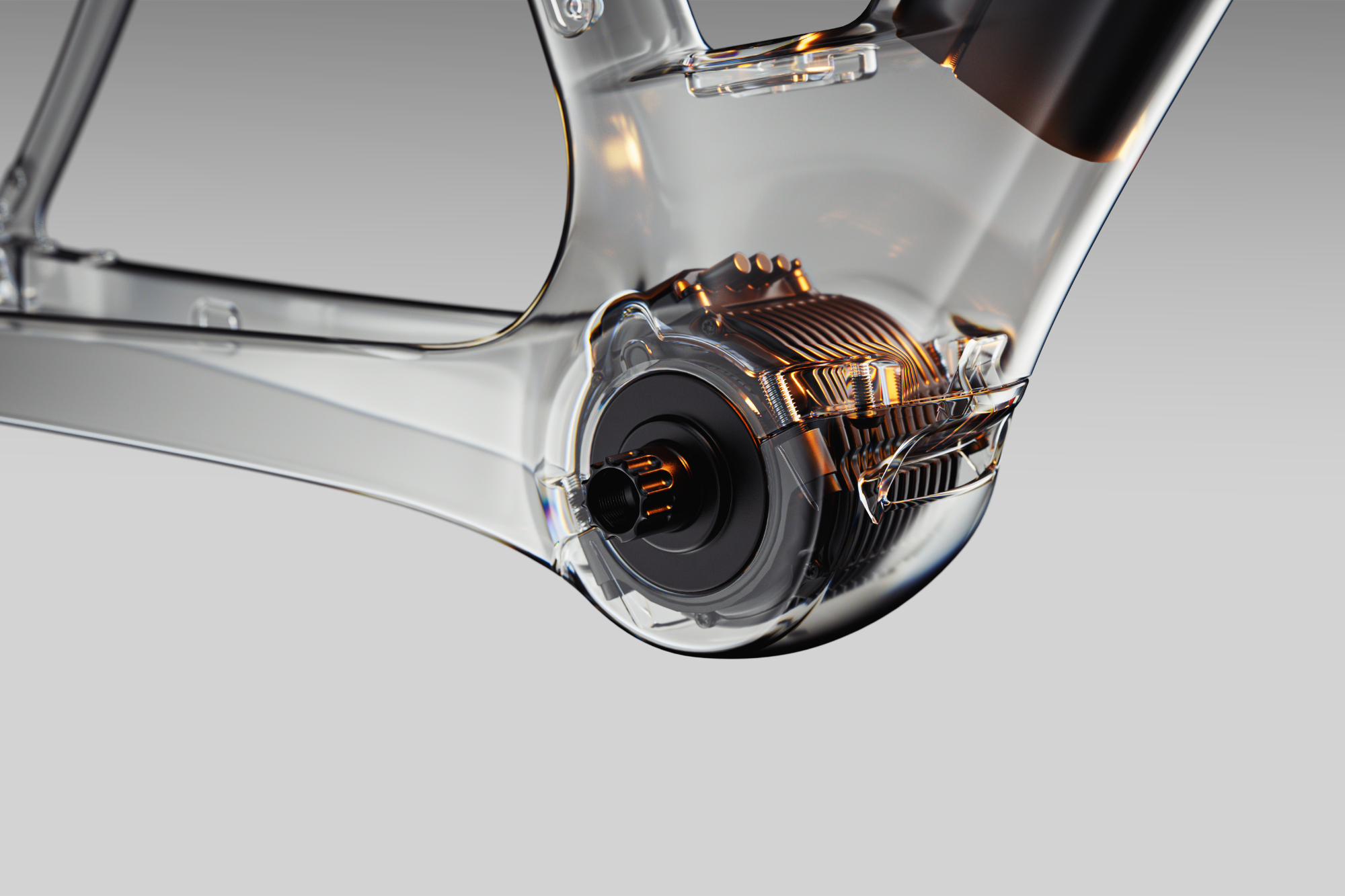
The TQ HPR40 unit addresses these issues head-on. Although its range and power figures aren’t anything to shout about, it’s the support during your ride when power is needed, and isn’t, that’s a big step forward. When the motor cuts out at 25 km/h, Scott claims you won’t notice, thanks to what it calls a ‘seamless transition’, and having used the system in Canyon’s Endurace:ON Fly, that’s exactly how this new TQ system feels in use.
In the new Fastlane, Scott has taken the geometry from the Addict and added the TQ drive system, making it look much more like a normal road bike. It mounts under the frame and drives from the crankshaft, and at first glance, you’d be forgiven for not realising it’s an e-bike at all. It’s about the same size as a standard bottom bracket area on a conventional bike, with the electronic gear setup contained inside. The slimline battery and drive system offer up to 40 Nm of torque and a maximum power of 200 watts. The battery is 290 Wh, with an optional add-on extending range by a further 160 Wh.
The latest race content, interviews, features, reviews and expert buying guides, direct to your inbox!
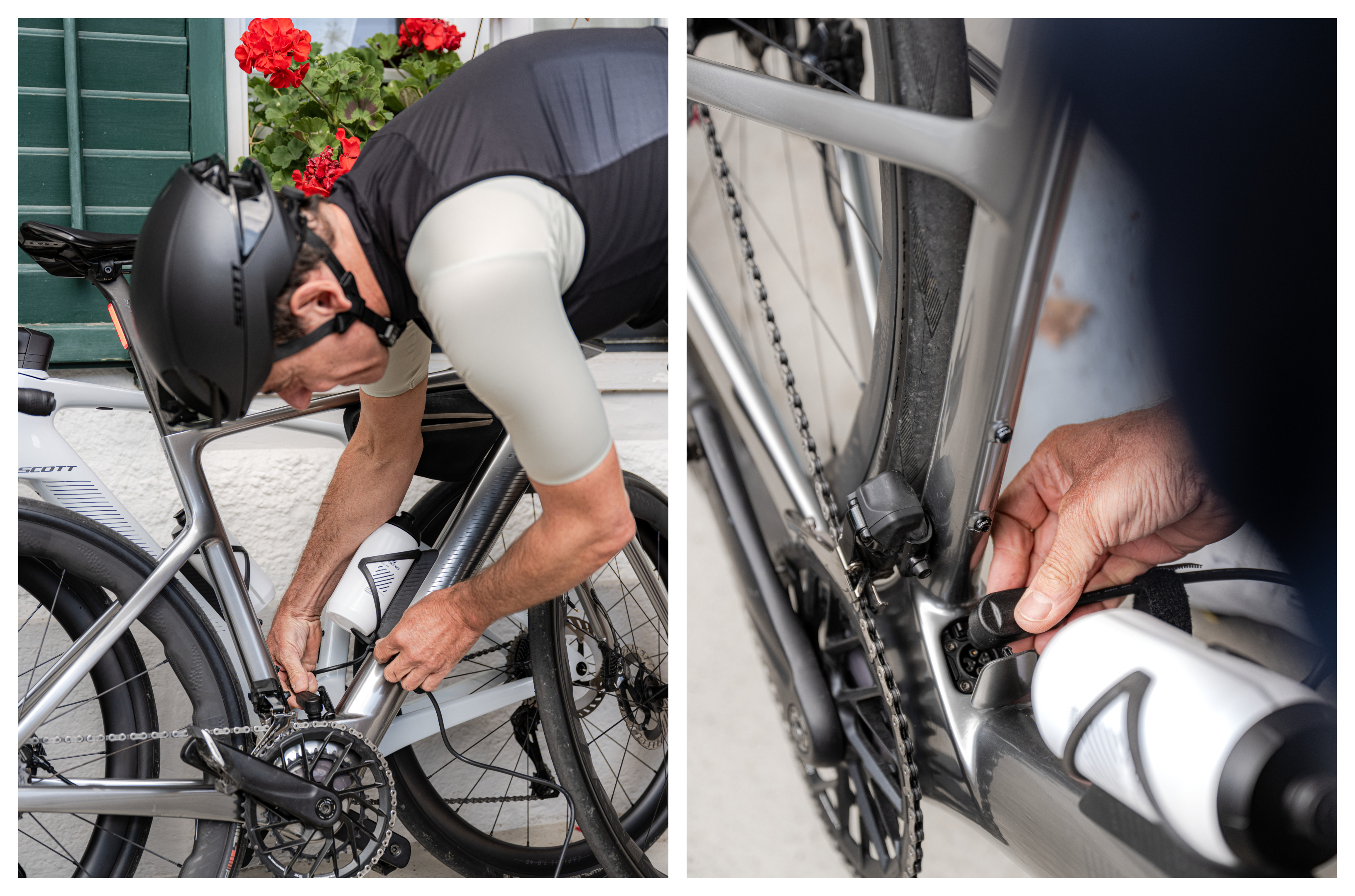
There’s no Addict e-ride for 2026, which used a rear hub-mounted drive system, and the Solace doesn’t have a road-specific version, so Fastlane essentially replaces those bikes entirely. However, it retains the Addict’s geometry and has clearance for just 34mm tyres, which is enough for road riders, though it somewhat narrows its appeal.
The weight is really very impressive at under 10kg, and that’s thanks to the entire TQ system weighing just 2.7 kg; the modifications needed to support the motor and battery don’t add much bulk to the carbon frame either, which itself weighs just 865g.
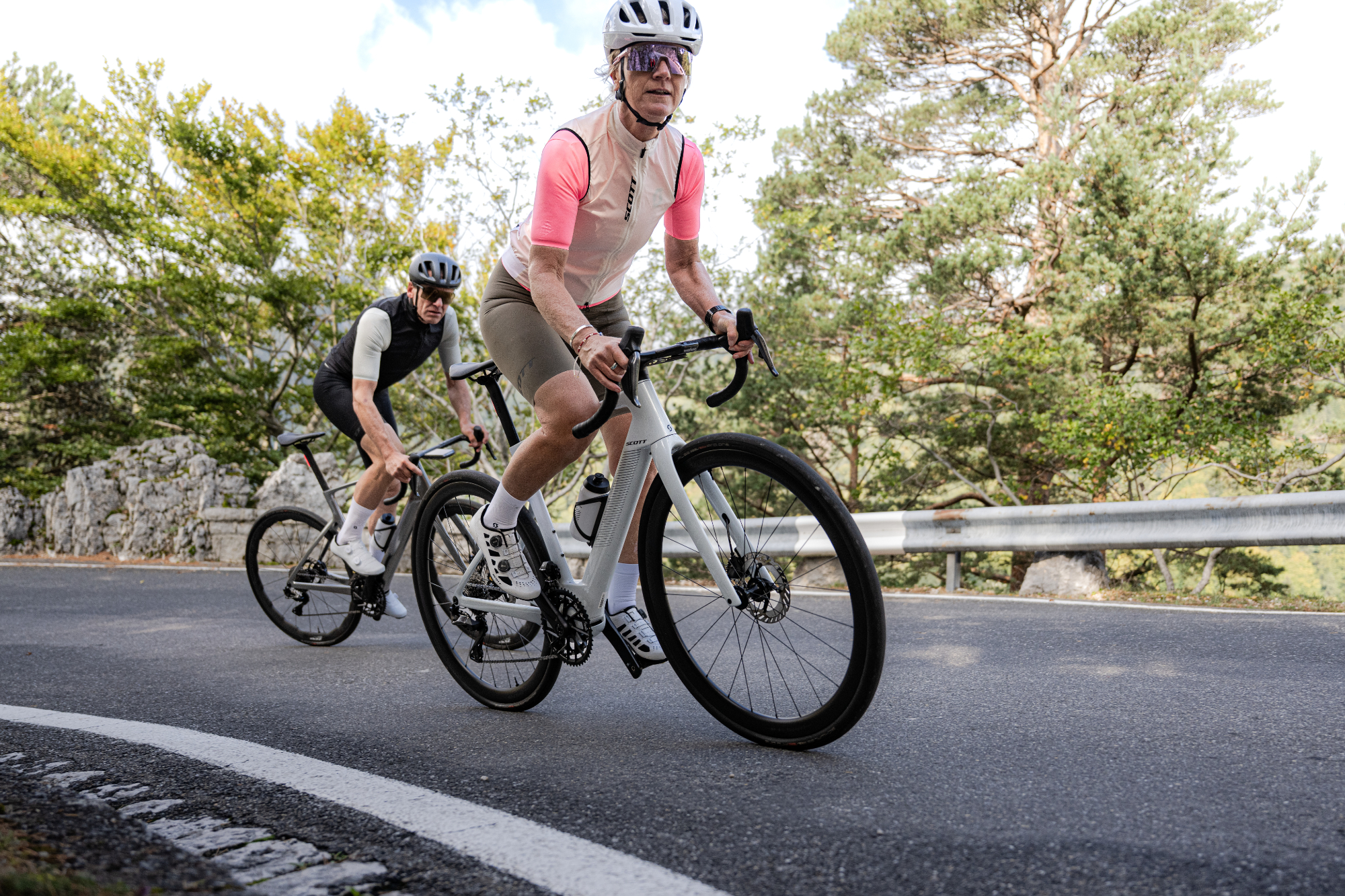
While much of this is impressive, but not massively new territory these days, what sets this and similar bikes apart is the capability of the TQ new motor systems. E-bikes like this are useful for extra power uphill, reducing fatigue, and extending rides. However, on flat terrain, they haven’t always been particularly helpful, even the stealthy-looking models—especially when riding with friends on conventional bikes who don’t have motors. As an e-bike rider you have to contend with the extra resistance when the system is maxed out.
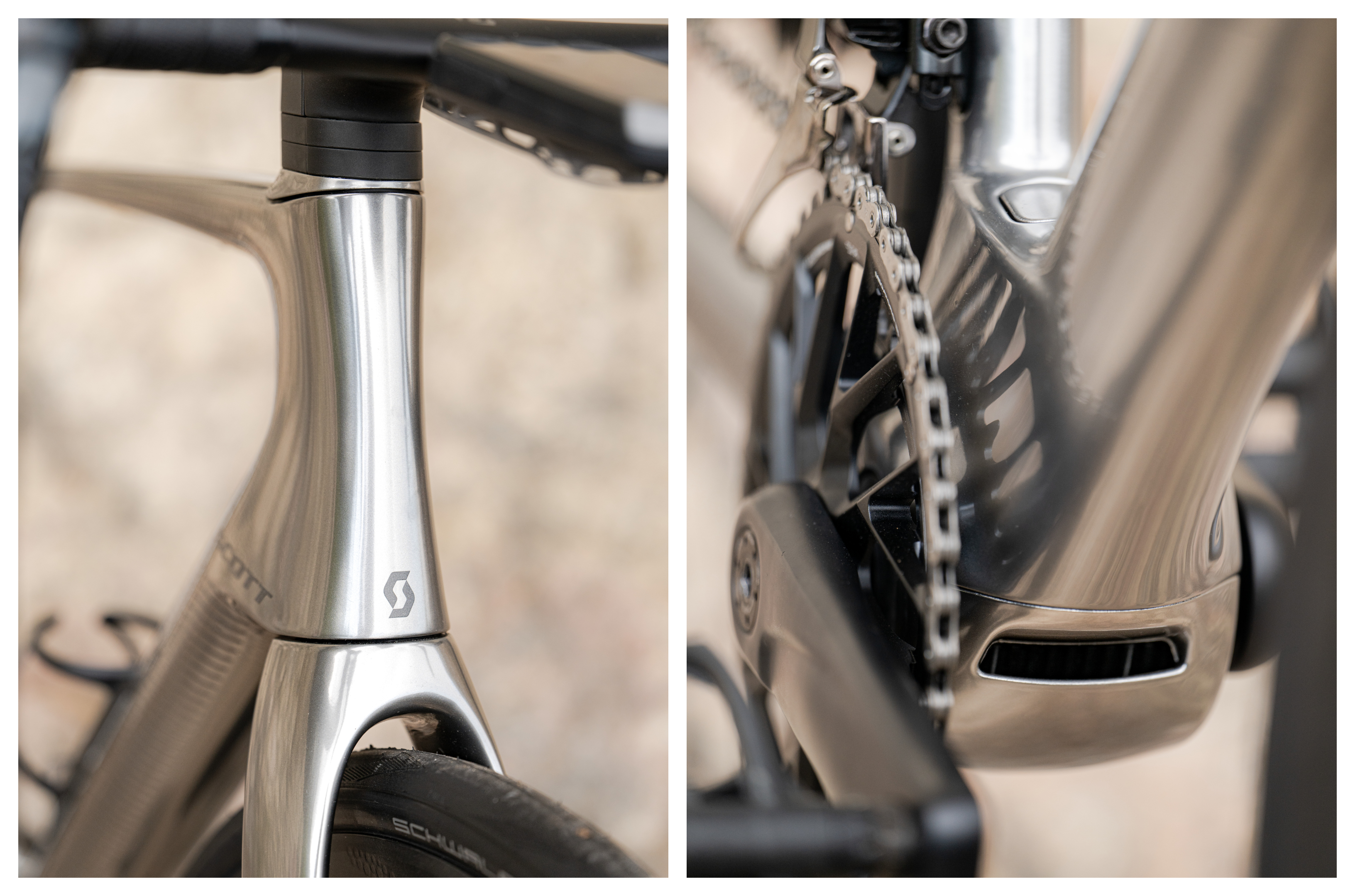
The TQ system is designed for seamless integration and, apart from your pro-level power output, the only other giveaway you’re on an e-bike is the subtle bar-end display, which displays battery level and assistance mode before you set off; the Fastlane offers three levels of assistance: eco, mid and high.. The rear light, shifters, and drive are also integrated and wired into a single battery, reducing charging needs and fuss. Scott says this simplifies the process provided, we hope, that you don’t run out of shifting power after a few steep climbs.

The cockpit is carbon, in the lightweight, in-house developed Syncros IC-R100-SL combo, which includes the handy integrated Syncros iS Drop Bar Tool 2. Scott has adopted a ‘one bolt’ standard, which is very welcome for those frustrated by the many different standards and sizes on modern bikes. Another ‘standard’ comes in the form of UDH for compatibility with SRAM’s new rear mech hanger system.
The bike’s practical nature is further enhanced by the inclusion of an integrated rear light, with the option to connect a front light to the main battery. The frame is also compatible with a Syncros frame bag, designed to sit under the top tube via rivets.
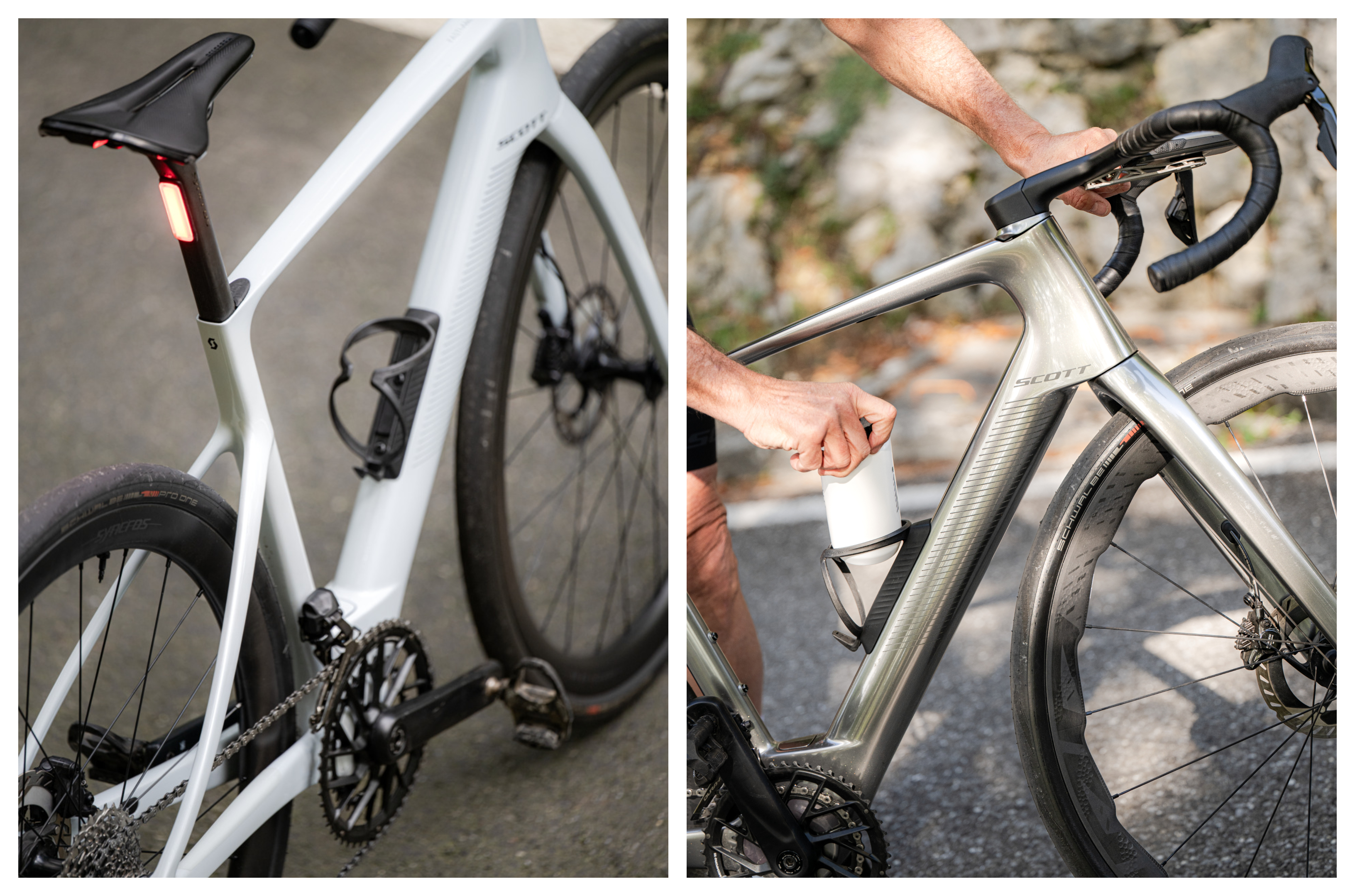
The 2026 Fastlane is available in three builds, all using the same HMX carbon frameset. The flagship 9.9kg / 21.83lbs Premium model features a Shimano Dura-Ace Di2 groupset and a Zipp 353 NSW wheelset.

The next rung down, the Fastlane 10, gets you Ultegra Di2 and a Syncros Capital set of wheels, which ups the overall weight to a claimed 10.6kg / 23.37lbs.
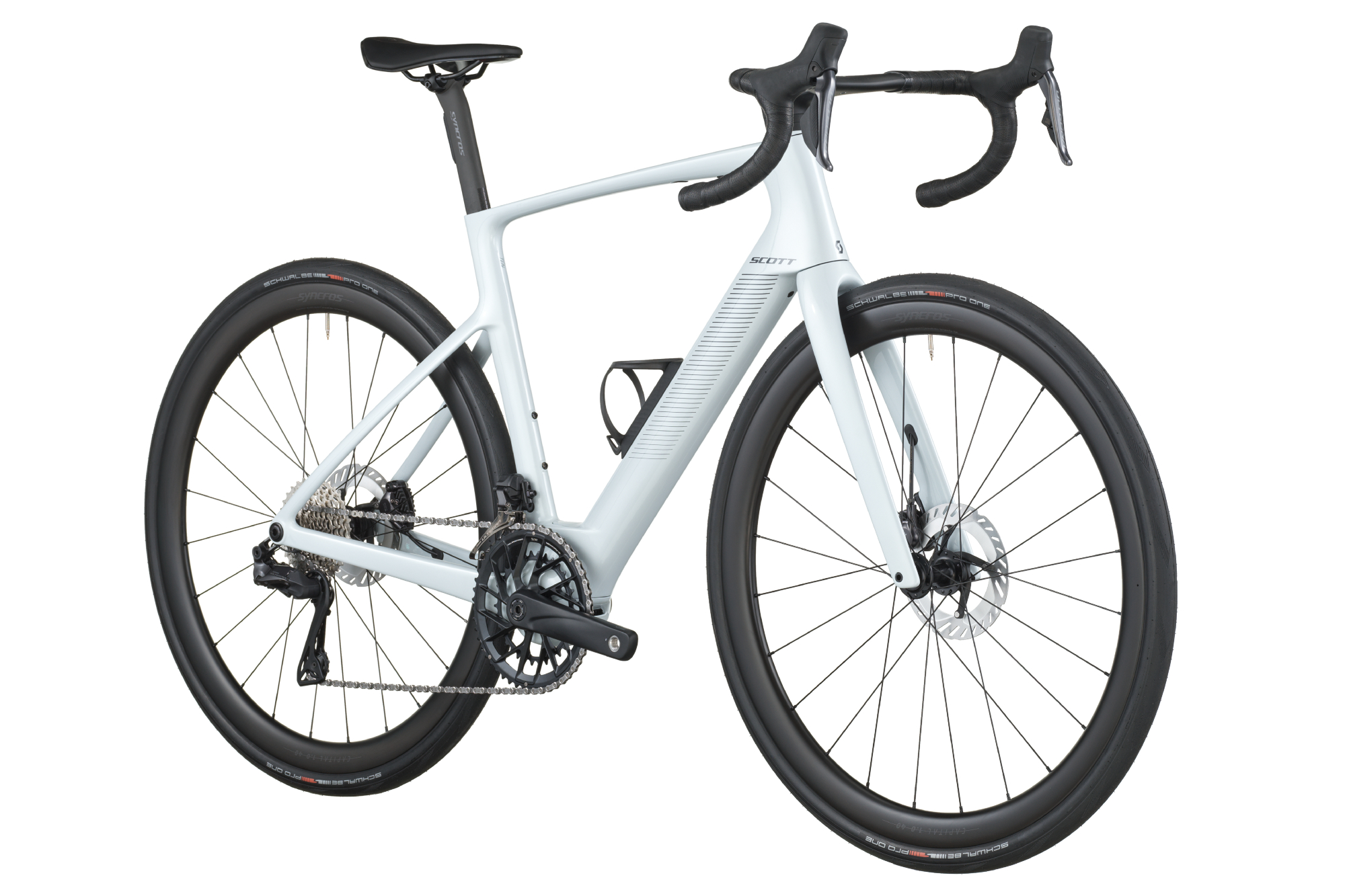
Finally, the 20 is equipped with Shimano 105 Di2, the same Capital 40 wheelset and tips the scales at a reported 11.1kg / 24.47lbs.
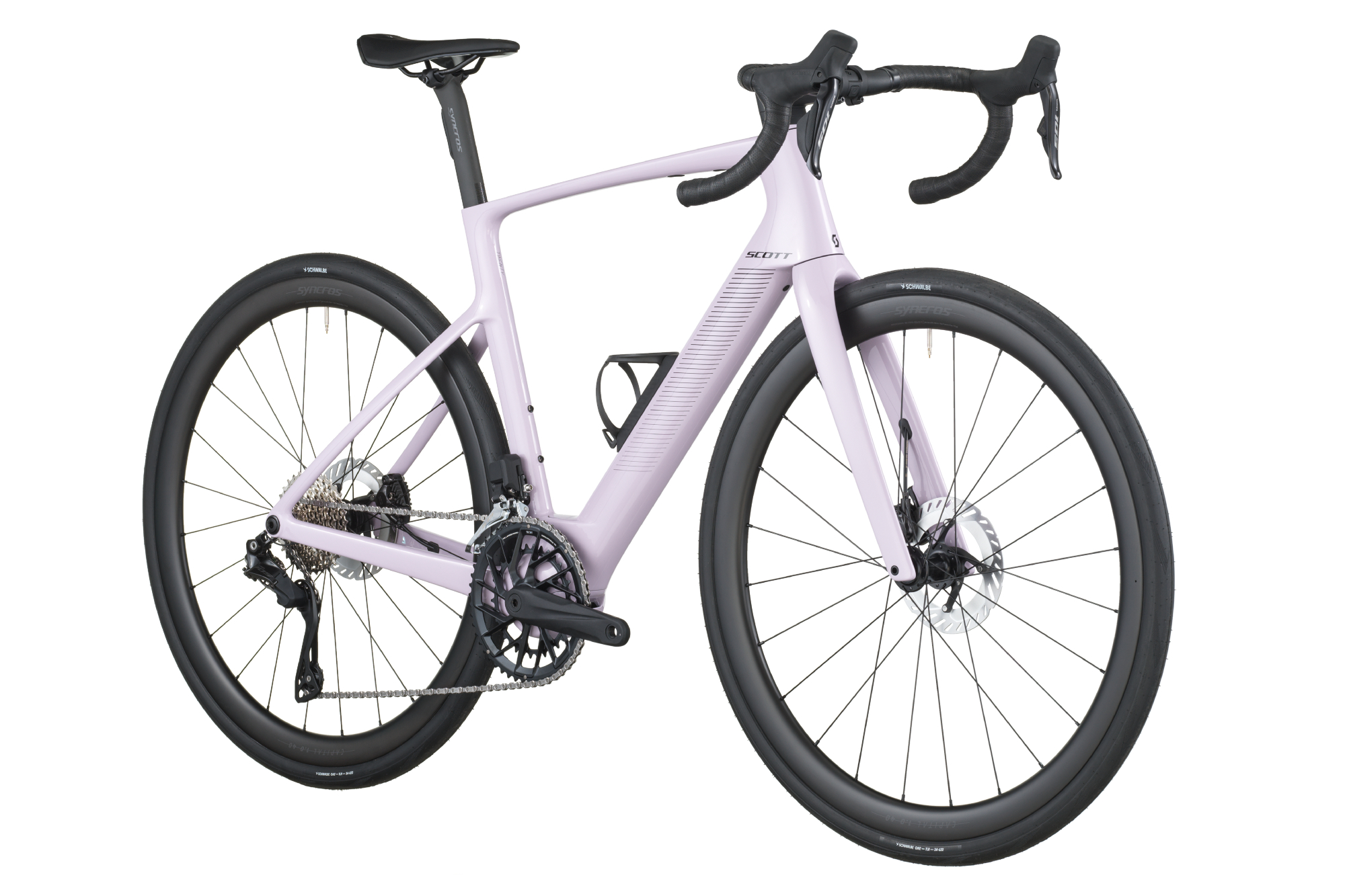
Pricing is as follows:
Scott Fastlane Premium: £11,099
Scott Fastlane 10: £7,299
Scott Fastlane 20: £6,399

Andy Carr is the tech editor at Cycling Weekly. He was founder of Spoon Customs, where for ten years, him and his team designed and built some of the world's most coveted custom bikes. The company also created Gun Control Custom Paint. Together the brands championed the highest standards in fit, fabrication and finishing.
Nowadays, Andy is based in Norfolk, where he loves riding almost anything with two-wheels. He was an alpine ride guide for a time, and gets back to the Southern Alps as often as possible.
- Luke FriendFreelance writer
You must confirm your public display name before commenting
Please logout and then login again, you will then be prompted to enter your display name.